Why these three classics are so famous? This blog discusses the secret behind The Metamorphosis, The Idiot and The Yellow Wallpaper.
Read to know the science behind this classic literature.
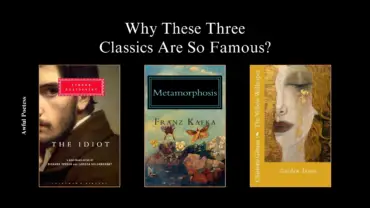
Have you ever found yourself questioning the hype around Kafka or Dostoevsky? I admit, I used to think they were overrated.
UNTIL,
I delved into their masterpieces.
It was eye-opening. I realized I had previously underestimated their genius work before reading these timeless three classics.
This blog isn’t particularly special, but if you’re like me, puzzled by why Kafka and Dostoevsky receive such fervent recommendations, it’s worth a read. Rather than suggesting more books, I aim to unravel why these authors and these classics hold such revered status.
The Metamorphosis – Franz kafka
Who on earth doesn’t know about The Metamorphosis? like WHO???? This is the hell famous book by Franz Kafka an outstanding masterpiece! It’s one of those books that almost everyone has heard of, even if they haven’t read it themselves.
But what’s so special about The Metamorphosis?
The Metamorphosis holds the beauty of Franz Kafka’s exploration of existential themes through the bizarre and unsettling transformation of Gregor Samsa captivates readers and sparks contemplation about identity, society, and the human condition. It’s truly a classic that has left an indelible mark on literature.
But that’s not all. You see, Kafka often used similar themes and styles in many of his works. In fact, this distinct approach is so iconic that we now refer to it as “Kafkaesque.” So what makes The Metamorphosis stand out—even among Kafka’s own collection?
That, even in Franz Kafka’s own library of haunting stories, The Metamorphosis holds deep emotional intimacy. While many of his works deal with faceless bureaucracies, surreal trials, and characters lost in meaningless systems, The Metamorphosis brings that existential dread home—literally.
The Story Depths
Gregor, the character doesn’t get lost in a labyrinthine court or chased by invisible forces. He wakes up in his bedroom and finds that the alienation has already happened, within his own body. His transformation into a monstrous bug isn’t explained by Franz Kafka, and surprisingly, it doesn’t need to be! It’s not about how it happened to Gregor Samsa, but how everyone reacts (Including the protagonist). His family, his boss, even Gregor himself—they all begin to treat him as something “other” the moment he becomes inconvenient to them. That, in itself, is the sharpest form of horror.
Unlike Kafka’s other works that lean heavily into abstract oppression, The Metamorphosis feels painfully personal. It’s not just about society at large, it’s about family, obligation, and how quickly love can turn into a burden. That’s what makes this novella more than just “Kafkaesque,” it’s profoundly human.
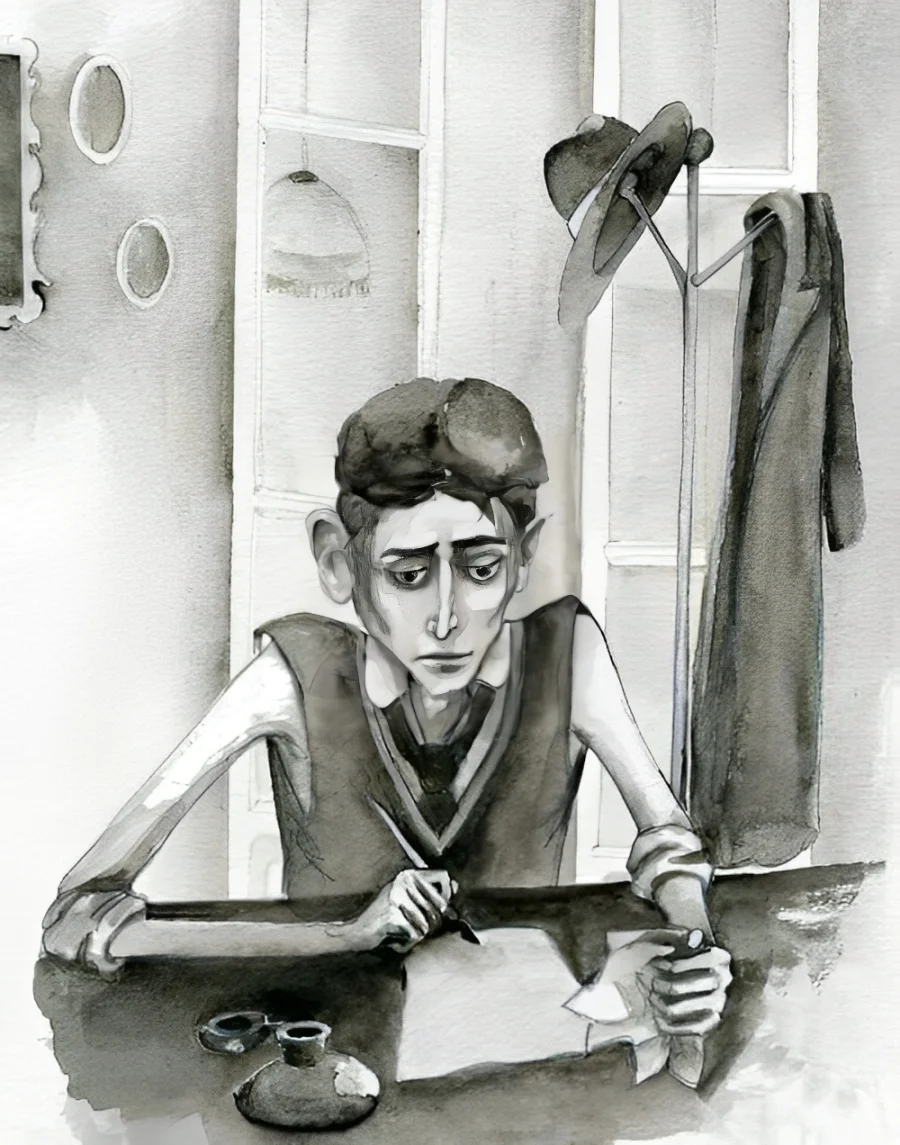
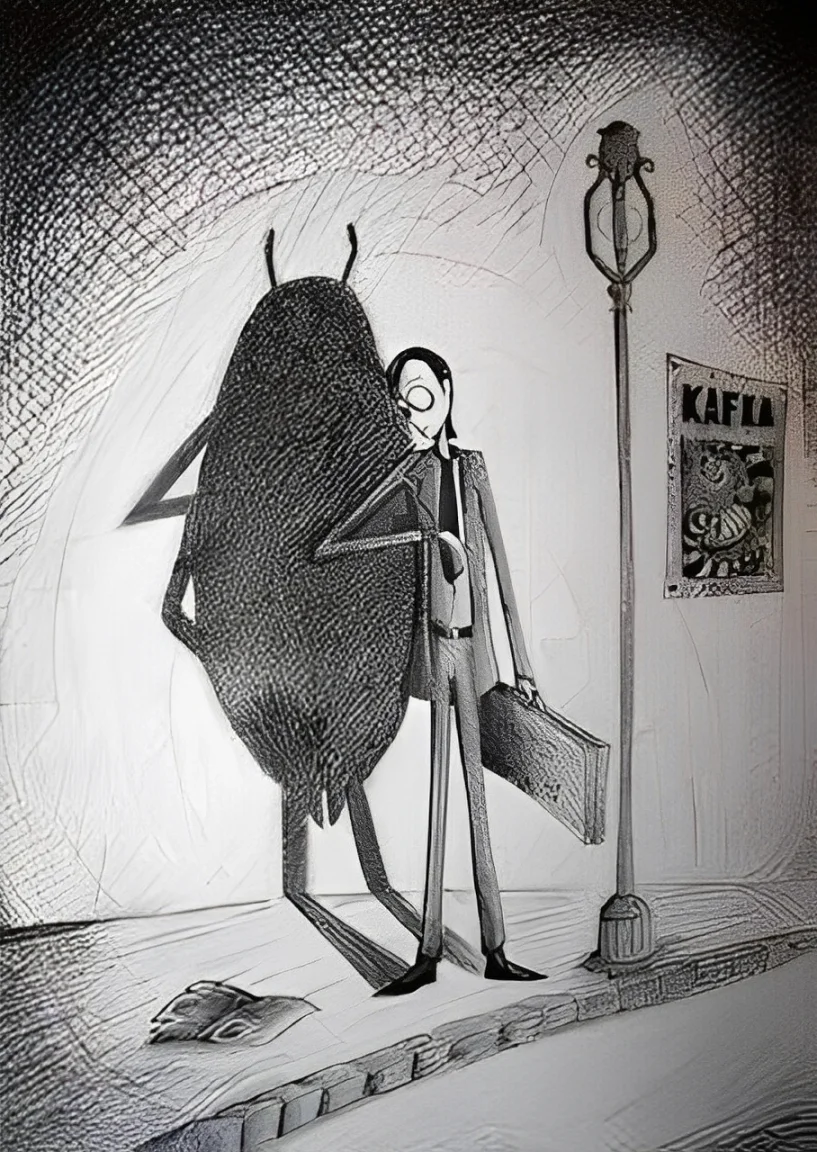
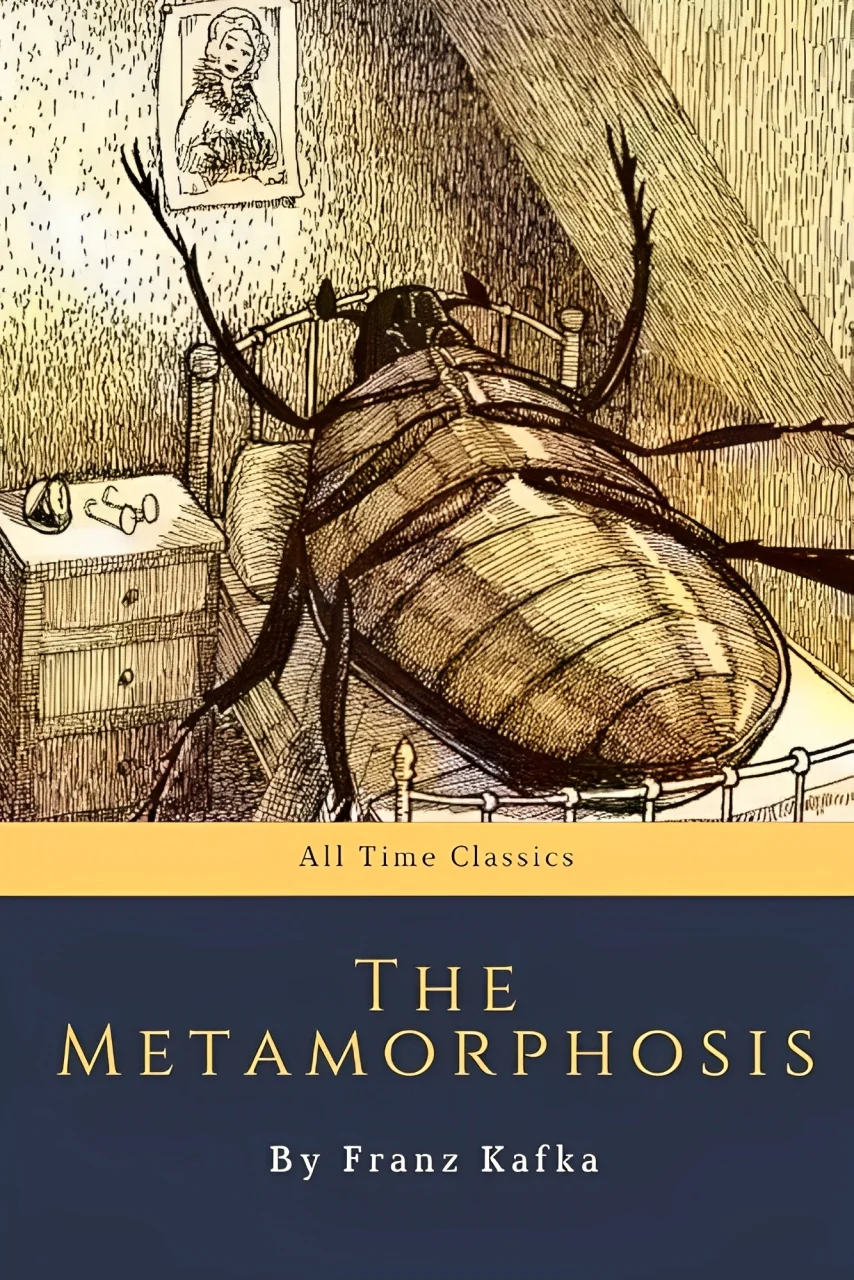
Why “The Metamorphosis” Is So Famous?
Yes, the surrealism is there. Yes, the absurdity and hopelessness we associate with the term Kafkaesque are present. But unlike The Trial or The Castle, where the protagonists are lost in vast systems they can’t understand or escape, The Metamorphosis strips all that down. It traps you in one room, inside one body, with one horrifying transformation—and it’s enough to shake your soul.
The Idiot – Fyodor Dostoevsky
Even though every book by Dostoevsky is a masterpiece on its own (you can check Dostoevsky’s reading order here), “The Idiot” stands out with its superior theme.
The Idea of the Story – The Idiot
“The Idiot” stands out with its superior theme of ‘innocence and goodness’ juxtaposed against the complexities and vices of society. Dostoevsky’s exploration of the protagonist in The Idiot, Prince Myshkin, as a truly compassionate and empathetic figure in a world filled with moral ambiguity and deception, makes this novel particularly compelling. His portrayal of human nature’s contradictions and the struggle between idealism and reality resonates deeply, making “The Idiot” a timeless work of literature.

What Differentiates The Idiot from Dostoevsky’s Other Novels?
“The Idiot” differs from Dostoevsky’s other novels in several significant ways:
- Protagonist’s Character: The protagonist, Prince Myshkin, is notably portraying a different purpose from Dostoevsky’s other main characters. He is portrayed as a deeply compassionate and innocent figure, almost to the point of naivety, contrasting sharply with the more morally ambiguous and conflicted protagonists in Dostoevsky’s other works, such as Raskolnikov in “Crime and Punishment” or Ivan Karamazov in “The Brothers Karamazov.”
- Narrative Style and Structure: The narrative style in “The Idiot” is somewhat less complex and more straightforward compared to some of Dostoevsky’s other classics. It maintains a more linear plot progression and a clearer focus on the interpersonal dynamics and moral dilemmas faced by the characters.
- Critique of Society: While all of Dostoevsky’s novels critique societal norms and institutions, “The Idiot” places a distinct emphasis on how society treats individuals who possess qualities like kindness and honesty. It examines the tension between societal expectations and personal integrity in a unique way among Dostoevsky’s works.
Overall, “The Idiot” stands out within Dostoevsky’s literary canon for its exploration of innocence and its portrayal of a protagonist who challenges conventional moral norms through his unwavering compassion and empathy.
The Yellow Wallpaper – Charlotte Perkins Gilman
“The Yellow Wallpaper” didn’t seem like it belonged on this list at first, mainly because I had never even heard of it until my sister introduced me to it.
But I ended up doing an entire analysis on The Yellow Wallpaper! Truly a gem in the world of classics.
At first, I was astonished by the title and the complexity of the theme. My “wow” moment wasn’t about how or why it’s so famous, but rather why it’s named after a wallpaper.
Well… that doubt was completely cleared after reading this masterpiece!
So, let’s talk about…
What’s Inside the Cover of “The Yellow Wallpaper”
The Yellow Wallpaper is a short classic story written by Charlotte Perkins Gilman in 1892. It’s considered a cornerstone of early feminist literature and a powerful critique of the way women’s mental health was misunderstood and mistreated in the 19th century.
The story is written in the form of a journal, capturing the thoughts of a woman who is taken to a secluded estate by her husband for rest and recovery. While the setup seems peaceful on the surface, the story slowly reveals deeper tensions through the narrator’s observations. (You may get the idea I’m avoiding spoilers)
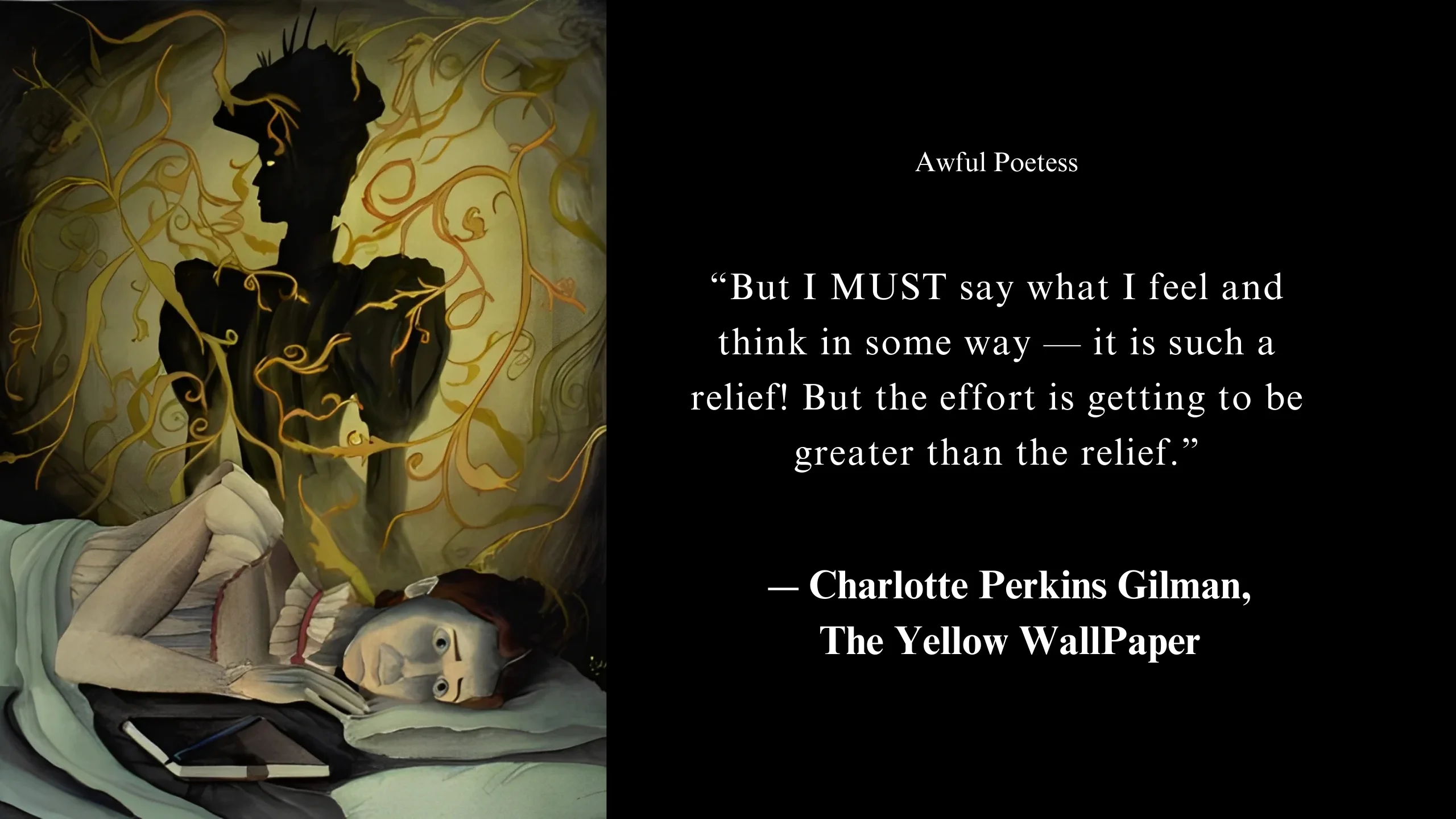
The Reason behind the Fame of “The Yellow Wallpaper”
The answer is simple: Small details!
It’s not a loud story, it doesn’t rely on big plot twists or dramatic scenes. In fact, if you don’t know it’s a short story not even a novella! But it beautifully and quietly pulls you in through the little things and foreshadowing. The way the narrator describes the room and her moods, the way she talks about the wallpaper, and how her tone shifts without you even noticing right away, that’s where the magic is!
You don’t realize what’s happening at first. But as you keep reading, those small details start to hit you. That’s when it clicks and the story starts doing something deeper, something unsettling.
That’s why The Yellow Wallpaper sticks with readers. Because it’s one of those books which shows how it’s written not what’s written.
Conclusion: It’s Not About the Hype, It’s About the Layers
Yea! I didn’t read these three classics to sound smart or to tick off a “classics” checklist. I read them out of curiosity and half-sceptical, honestly! And that’s probably why they hit harder than expected. But anyhow I enjoyed these creations!
Kafka, Dostoevsky, and Gilman aren’t easy reads. Not because of the language or structure, but because they force you to sit with uncomfortable truths. They don’t hand over answers. They make you feel something and then leave you to deal with it.
I wasn’t prepared for how The Metamorphosis would make me reflect on personal relationships. Or how The Idiot would leave me thinking about whether being genuinely kind makes you naive or brave. And The Yellow Wallpaper? That one just sat with me. Quiet, eerie, unforgettable. I really really love how the author uses a mere ordinary thing to highlight the major issue of her time.
I guess what I’m trying to say is: that sometimes the books you doubt the most are the ones that change the way you see things. Not just literature, but people. Yourself. The world around you.
So yeah, maybe the hype is real. But the experience? That’s something you’ve got to find out for yourself…
MUST READ THESE THREE CLASSICS! BYE BYE ❤️
